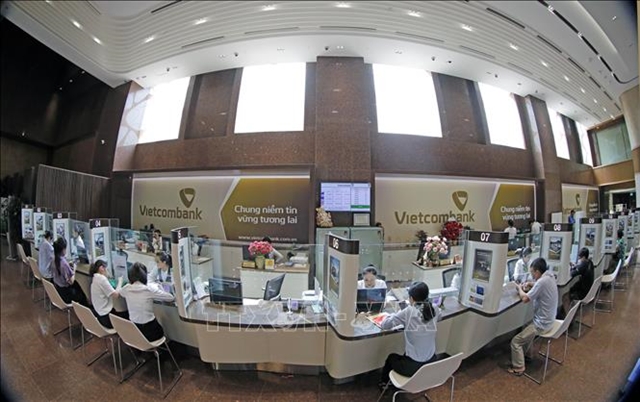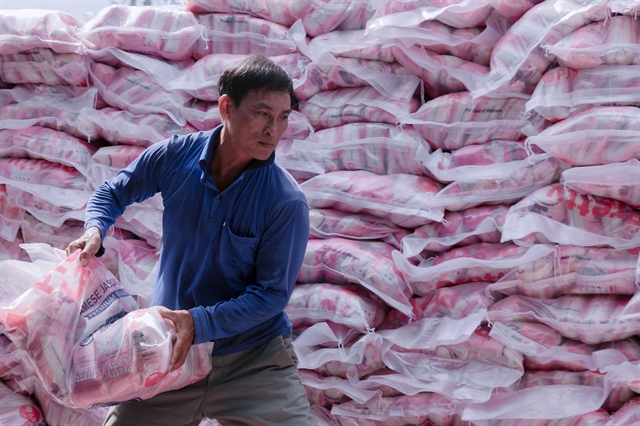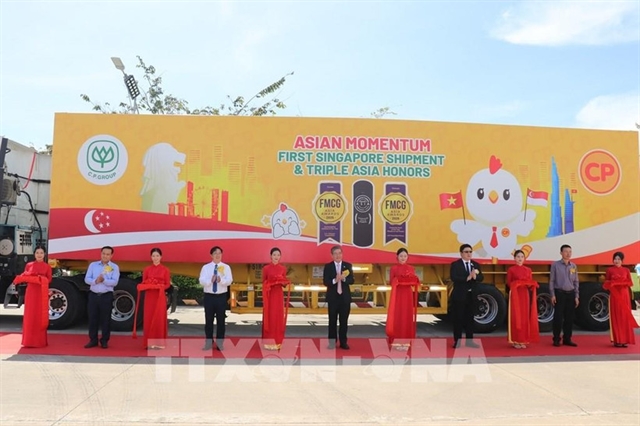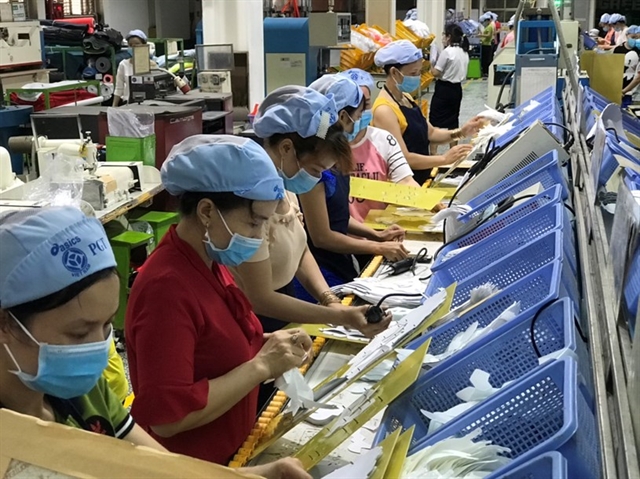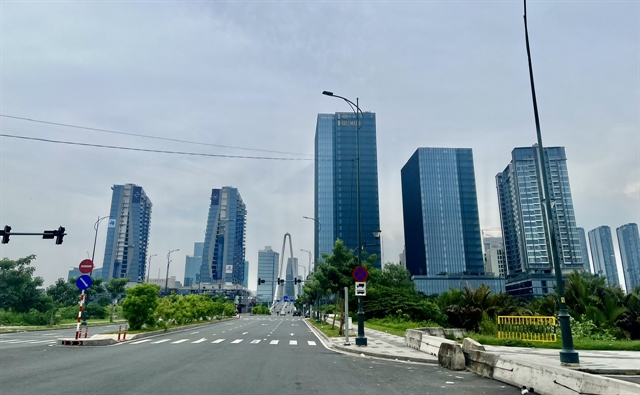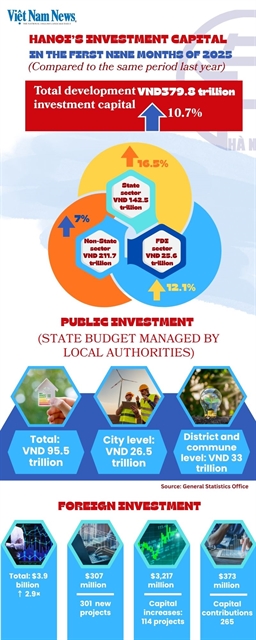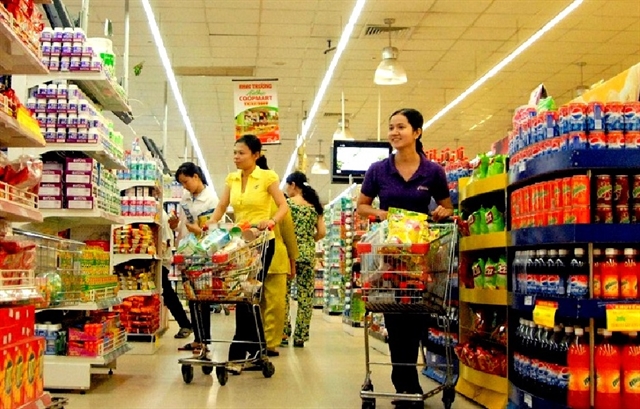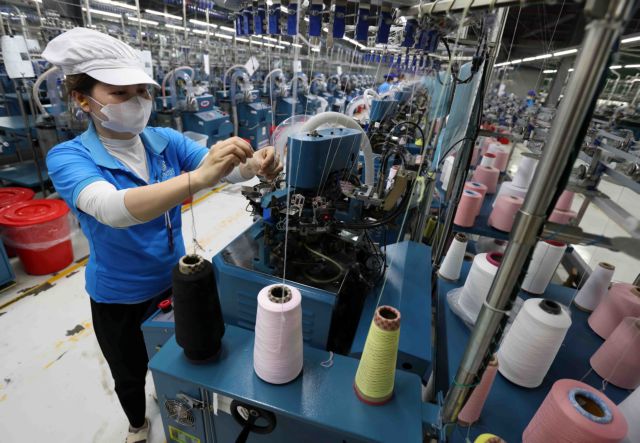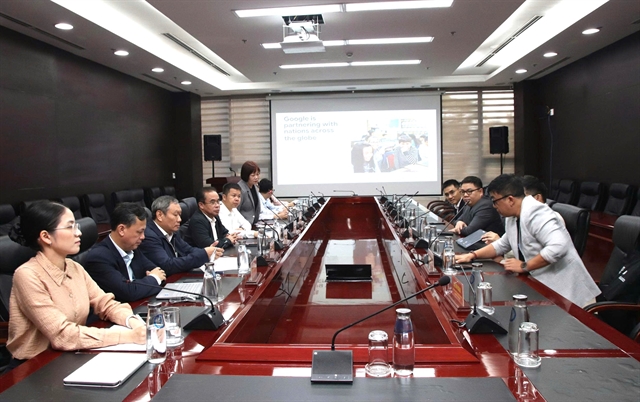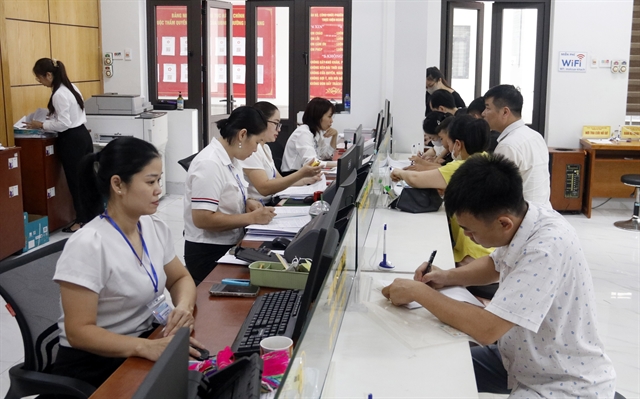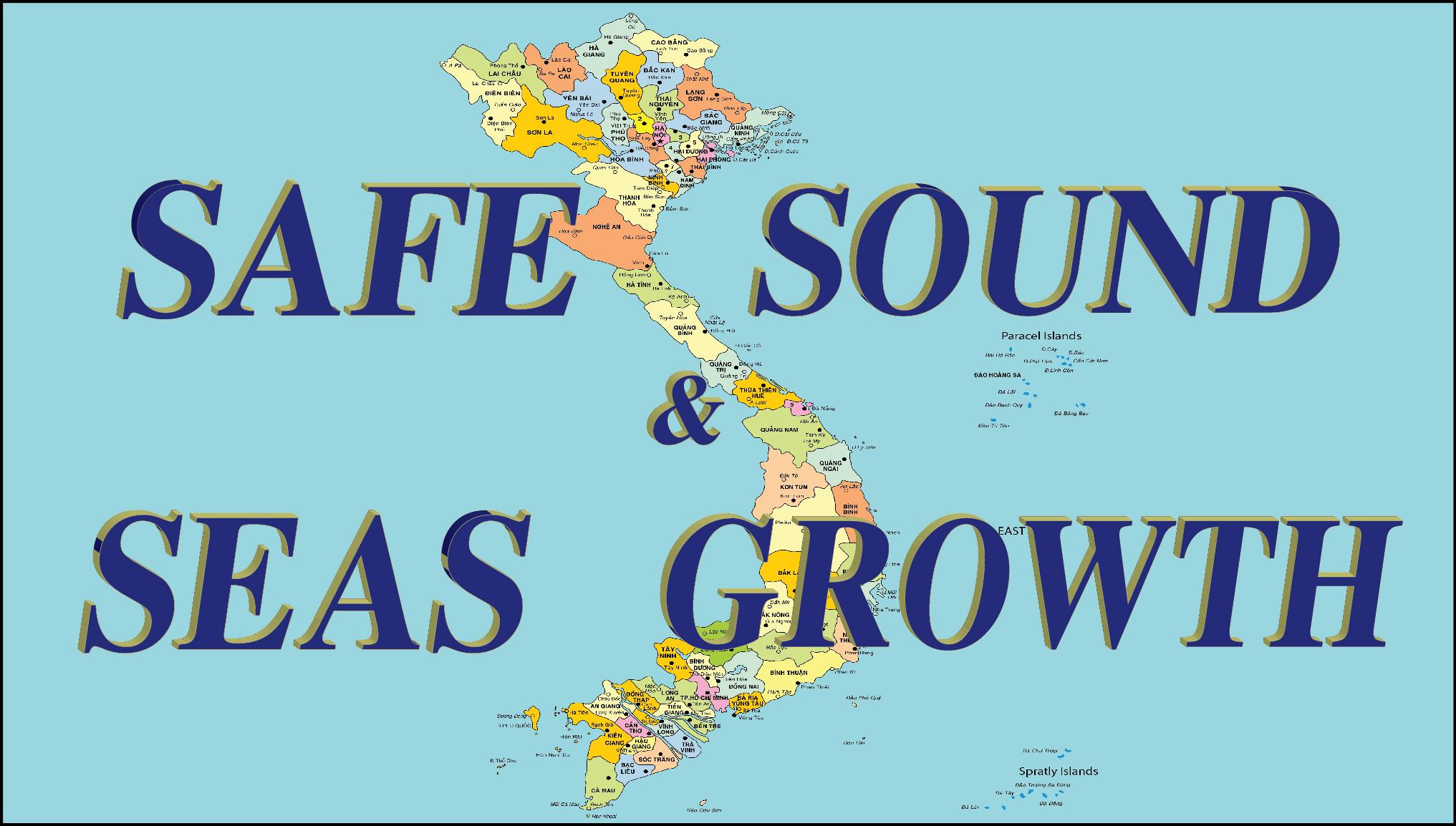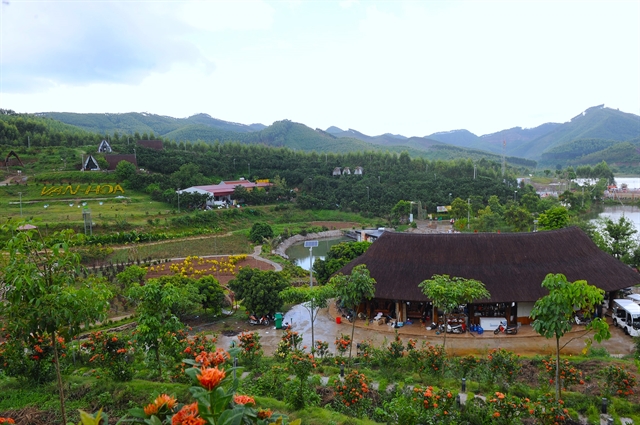
 |
Dr Võ Trí Thành*
This year marks the 80th anniversary of the founding of the Democratic Republic of Việt Nam – a milestone that invites both reflection and renewal. For those of us who were not there to witness President Hồ Chí Minh read the Declaration of Independence at Ba Đình Square, yet were born into a divided country and lived through the years of war, hardship and rebirth, the moment carries profound emotion and meaning.
We have seen our nation emerge from the devastation of conflict into the long struggle for reunification, then through the austere years of the subsidy era when even after peace, gunfire had not completely fallen silent on our borders. We have lived through the dawn of Đổi mới – Việt Nam’s reform and renewal – and into an age of global integration, opening, and modernisation.
From a war-torn, agrarian economy largely closed to the world, Việt Nam has transformed into one of the most open economies among developing nations. Once trading only with a handful of socialist countries until the late 1980s, we now stand as a trusted partner to markets across the globe. From poverty, we have entered the threshold of upper-middle income; and we have become a country recognised for remarkable success in poverty reduction and for the rise of a vibrant middle class.
The structure of our economy tells a similar story. In the early 1990s, agriculture accounted for around half of GDP. Today, it contributes just over 10 per cent, while industry and services dominate. Institutional transformation has followed – from a wartime and centrally planned economy to a socialist-oriented market economy deeply integrated with the global system.
At the heart of that transformation is the emergence of the private sector. Việt Nam now has nearly one million active enterprises, and among them, national champions are beginning to compete on equal footing with major global players. The change has been nothing short of historic.
Yet through every stage – in wartime, hardship, and reform – one constant endures: the resilient vitality of the Vietnamese people. Our nation’s ability to adapt, to create, to endure and rise, remains our greatest strength.
Việt Nam’s story is one of vitality, flexibility, and creativity – and of a people who never stop aspiring to rise. We have always looked beyond ourselves, comparing our progress with that of others, and striving to 'catch up', 'move together', and 'move ahead'. Even in our darkest hours, when hunger and illiteracy loomed after independence, President Hồ Chí Minh reminded us to learn and to strive so that Việt Nam might “stand shoulder to shoulder with the great powers of the five continents.”
Reform at the core
Behind the decades of reform and renewal lies a simple but powerful philosophy. At its essence, Việt Nam’s reform has been about two things: expanding choice and building capacity.
The first means opening new horizons – for citizens, entrepreneurs, and enterprises alike. It is about the right to do business, the freedom to participate in a dynamic market economy, and the opportunity to grow within a stable macro-economic environment.
The second is about enabling people and institutions to make the most of those opportunities – through education, innovation, and competitiveness. Together, they form the heart of the market economy we are still building today: modern, efficient and in step with the world.
Việt Nam’s openness has often invited questions. How did a once-poor country dare to open its doors so boldly? Today, with 17 free trade agreements and WTO membership, Việt Nam stands as a symbol of proactive integration. Yes, openness brings risk – from global financial shocks to the volatility of reciprocal tariffs – but without integration, we could not have learned, adapted, or advanced. To integrate is to accept risk, minimise it, and transform it into momentum for progress.
What’s remarkable is that the spirit of integration has not only come from the top – it is shared by businesses and citizens alike. The Vietnamese people have embraced reform and globalisation with pragmatism and optimism. Our foreign policy – diversification, multilateralisation, and friendship with all – reflects that same inclusive, forward-looking spirit. It seeks not zero-sum outcomes, but a win-win global environment of peace, cooperation, and mutual growth.
As we continue on this path, three foundational pillars remain decisive: human resources, infrastructure, and institutions. These are not yet perfect – but they are the cornerstones on which Việt Nam’s future will stand.
The new national aspiration
Việt Nam’s aspiration today is clear: to become an upper-middle-income country by 2030, a high-income developed nation by 2045, and to achieve sustainable, green growth – including net-zero emissions – by 2050.
This is not merely a policy target. It is the natural mission entrusted to our generation by history. Since the earliest days of our republic, the dream of standing shoulder to shoulder with the great powers of the world has been part of our national identity.
But unlike in the past, this aspiration is now measured in concrete, achievable milestones. Decades of reform have built the foundation – yet growth has slowed and transformation is again required. We must not only grow faster but grow better – sustainably, inclusively and creatively. Growth driven by innovation, productivity, technology, and skills is the only path forward.
Fortunately, we enter this new chapter with advantages that previous generations could only dream of: hard-earned lessons from Đổi mới, rich experience from international integration, and the unprecedented opportunities of the Fourth Industrial Revolution.
Digital transformation, technological innovation, and the knowledge economy represent a golden window for Việt Nam – one that coincides with our demographic dividend, which will last for only another 13 to 15 years. If we seize this moment, we can transform not just our economy but our national destiny. If we miss it, the opportunity may not return.
We stand today at a unique juncture – one where Việt Nam can move in step with the times, harness the energy of its people, and rise to new heights in the spirit of innovation and openness that has defined us for 80 years.
*Võ Trí Thành is former vice-president of the Central Institute for Economic Management (CIEM) and a member of the National Financial and Monetary Policy Advisory Council. With a doctorate in economics from the Australian National University, he focuses on macroeconomic policy, trade liberalisation and institutional reform. He authors the Việt Nam News column Analyst’s Pick.


